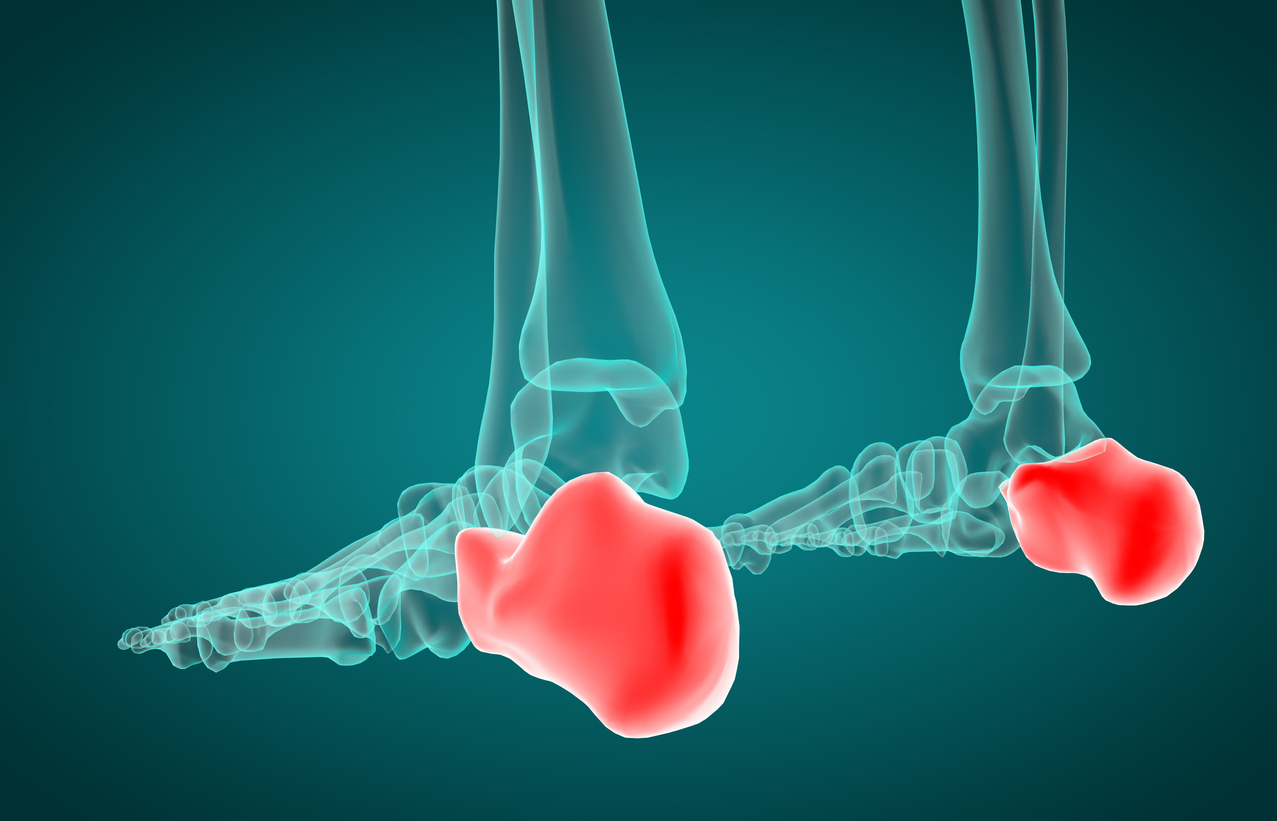Heel pain is a common issue that can impact your ability to walk. In some cases, it can severely impact your daily life. Heel pain is often associated with a condition called plantar fasciitis. The condition is characterized by inflammation of the plantar fascia. This is the thick band of tissue that connects your heel bone to your toes. Addressing heel pain right away is key when it comes to reducing the impact the condition can have on your life. Below, you will find the top 4 tips to prevent heel pain.
4 Tips to Prevent Heel Pain
Heel pain can be debilitating if left untreated. This is because it can have a serious impact on your daily life. It can be constant or intermittent so it’s important to get treatment and work on prevention measures. Consider the following tips to prevent heel pain.
Proper Footwear:
Wearing the right shoes can do a lot for your foot health. Supportive shoes that have great cushioning and arch support are key. If you have a history of heel pain, avoid high heels, flat sandals, or slippers. The lack of support can cause serious issues and lead to unwanted heel pain.
Manage Your Weight:
Excess weight can place a lot of pressure on your feet, especially your heels. Maintain a healthy weight by regularly exercising and eating a balanced diet. If you struggle with weight management, talk with a professional for support. Keeping your weight in a normal range can reduce your risk for foot-related issues.
Exercise With Caution:
It’s important to get regular exercise as this can help reduce the impact on your feet. However, exercise using caution. If you are not used to working out, slowly get back into it. Wear supportive shoes while you do low-impact activities. Riding a bike, walking, or light weights are great options. Work with your podiatrist on exercises that are right for you.
Stretch Your Muscles:
Regular stretching can do wonders for your entire body. Focus on stretches that include your calf muscle and plantar fascia. This can help improve your flexibility and reduce the risk of injury. It can also help improve stiffness after a good workout.
Heel Pain and Plantar Fasciitis
Heel pain is a common symptom of plantar fasciitis. The pain is often felt near the heel after long periods of rest, such as the morning time. In addition to pain, you may also experience stiffness and swelling. Some patients experience redness along the bottom of their feet. Movement can exacerbate the issue as you may experience more pain when you walk or exercise. If you experience any of these symptoms, contact the Heel Pain Institute. They can help diagnose and treat your heel pain so you can get back to feeling great again.
Treatment for Plantar Fasciitis
If you have heel pain, it’s essential to consult with a medical professional. A podiatrist can assess your symptoms and perform a physical examination to diagnose the issue. If you have plantar fasciitis, there are a number of different treatment options. The type of treatment depends on the severity of your symptoms.
Minor cases may only require rest, ice, and stretching. Conservative treatment options also include adjusting your footwear. Physical therapy has also been shown to help patients with the condition. These treatment options often address the issue effectively and for good. However, more severe cases may require plantar fasciitis outpatient surgery. The surgery can effectively address severe cases and get patients back to full health in no time. The surgery and lifestyle changes can improve those who suffer from persistent heel pain caused by plantar fasciitis.
